The Indian Theogony: A Comparative Study of Indian Mythology from the Vedas to the Puranas
The present book is the result of ten years’ work on the subject of historical development of Indian mythology and its connection with parallel historical development of Indian mythology and its connection with parallel mythologies elsewhere, on which no satisfactory work exists in English. In the first part the Vedic-Brahmanical and epic-puranic components of Siva, Varuna, Yama, Nirrti, Agni, Kala, the mother goddess, Karttikeya, Ganapati, Kama and Pusan are treated.
Part II studies the rise of Visnu. The component gods-the Vedic solar gods Savitr, Surya, Vivasvat, Mitra, Aryaman, Bhaga, Amsa, Daksa, Martanda, Indra, and Visnu together with the epic-Puranic incarnations of Visnu (with their Vedic precursors) are analysed. With Brahman (Part III) the picture is different. In the Vedic-Brahmanical gods-Brhaspati, Brahmanaspati, Prajapati, Pitamaha and Brahman-we do not get a very tangibal figure, far less that of a sectarian god. These merge into the Brahman, Prajapati or Pitamaha of the epic-Puranic literature, but fail to answer to the definition of a sectarian god, so that no cult grows around the resultant image.
In Part IV the general characteristics of the Puranic pantheon are analysed. Here, on the one hand, there are innumerable regional, functional divinities, tutelary gods and goddesses, village-or disease-gods, and also gods for different occasions in life, while on the other hand there is the lofty Triad, which thanks to the predominance of philosophy, is frequently stated to be three facets of the same supreme being.
Get it now and save 10%
BECOME A MEMBER

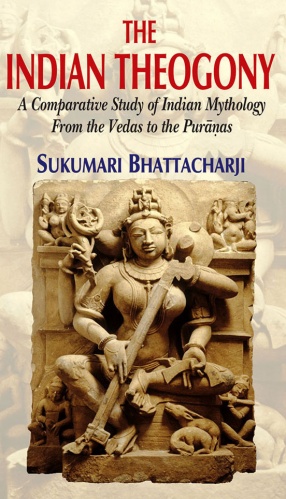

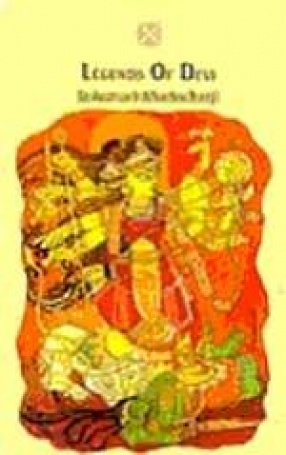
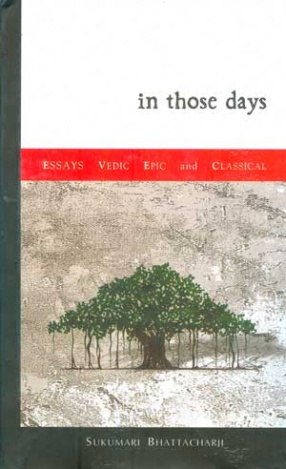
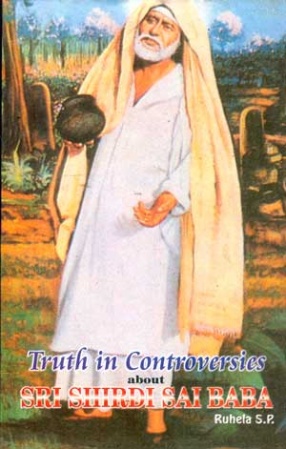


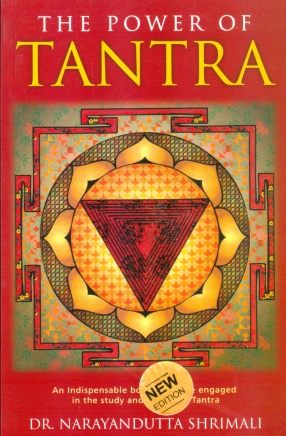

Bibliographic information